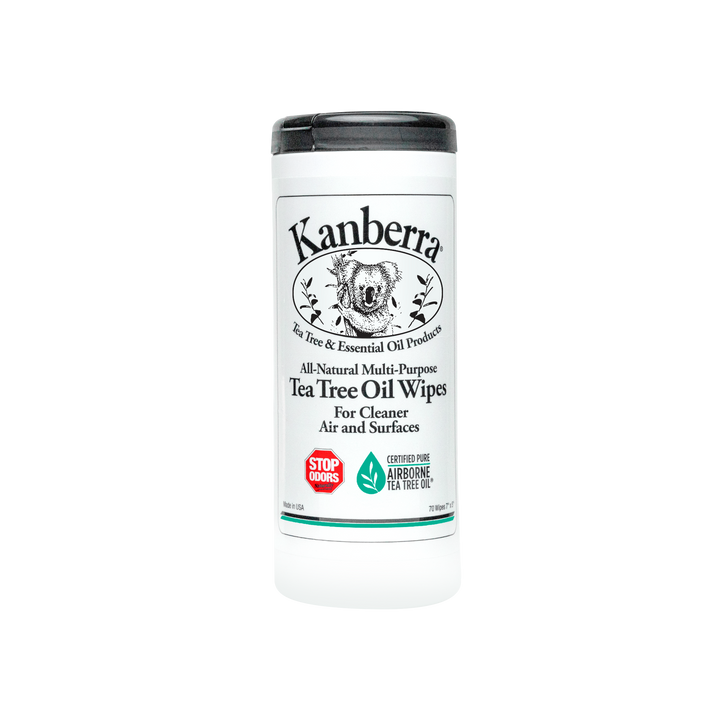In a world full of harsh chemical cleaners, more people are turning to natural alternatives to keep their homes clean and toxin-free. One of the most effective and eco-friendly options available is a tea tree oil surface cleaner. Known for its powerful antibacterial, antiviral, and antifungal properties, tea tree oil is a natural disinfectant that can be safely used on a variety of surfaces.
Even better? When paired with a thoughtfully crafted tea tree essential oils blend, this cleaner becomes even more effective and aromatic giving you a powerful, plant-based solution that works just as hard as synthetic products, without the harmful side effects.
Why Use Tea Tree Oil as a Surface Cleaner?
Tea tree oil (Melaleuca alternifolia) has been used for centuries as a natural antimicrobial agent, making it a powerful base for homemade or store-bought surface cleaners.
Here’s why it works so well:
- Kills Germs Naturally: Effective against bacteria, viruses, and mold without using bleach or ammonia.
- Non-Toxic & Eco-Friendly: Safe for homes with pets and kids when properly diluted.
- Deodorizes Instantly: Eliminates odors at the source instead of just masking them.
- Multipurpose: Works on countertops, kitchen surfaces, bathrooms, doorknobs, light switches, and more.
What Is a Tea Tree Oil Surface Cleaner Made Of?
Most tea tree oil cleaners combine tea tree oil with natural ingredients like vinegar, castile soap, or alcohol for enhanced cleaning power. For a more aromatic and beneficial experience, adding a tea tree essential oils blend can elevate both the scent and the effectiveness of the cleaner.
Common Ingredients in DIY or Natural Formulas:
- Distilled water
- White vinegar (for degreasing)
- Tea tree oil
- Lemon, eucalyptus, or lavender essential oils (part of a tea tree essential oils blend)
- Optional: Alcohol (for fast-drying, disinfecting power)
A well-balanced blend not only boosts germ-fighting properties but also leaves behind a refreshing, spa-like aroma.
How to Use Tea Tree Oil Surface Cleaner
Using a tea tree oil surface cleaner is as simple as using any traditional spray:
- Shake well before each use (essential oils separate naturally).
- Spray directly onto the surface.
- Let sit for 30–60 seconds for disinfecting power.
- Wipe clean with a microfiber cloth or paper towel.
Safe for:
- Kitchen counters (even granite if vinegar-free)
- Bathroom surfaces
- Glass and mirrors (if vinegar-based)
- Children’s toys (with rinse)
- Pet areas (with proper ventilation)
Always test on a small area first if using on porous or delicate surfaces.
Why Add a Tea Tree Essential Oils Blend?
While tea tree oil is effective on its own, combining it with other essential oils in a tea tree essential oils blend enhances both performance and scent.
Popular Additions:
- Lemon – Cuts grease and brightens.
- Lavender – Calming and gentle; balances the strong scent of tea tree.
- Eucalyptus – Great for respiratory support and a fresh, clean smell.
- Peppermint – Invigorates and deodorizes powerfully.
These blends can be customized for your cleaning goals whether you’re targeting germs, odors, or simply want your home to smell amazing.
Benefits of Switching to a Natural Tea Tree Oil Surface Cleaner
- No harsh chemicals or fumes
- Safe for kids, pets, and sensitive skin
- Biodegradable and environmentally friendly
- Cost-effective especially when homemade
- Can be tailored with your own tea tree essential oils blend for a signature scent
Final Thoughts
A tea tree oil surface cleaner is more than just a trendy natural alternative it’s a proven, effective way to clean and disinfect your home without compromising your health or the environment. When infused with a tea tree essential oils blend, it becomes a powerful part of your green cleaning routine, offering both functionality and wellness benefits
You may also like
-
How Does Plywood HSN Code Decide the GST Rate for Traders and Manufacturers?
-
POS Terminal Type: Which Is Best for Your Business?
-
How to Choose Fixed and Portable Gas Monitors for Industrial Gas Detection?
-
Simplifying Trademark Registration in Hong Kong: What Businesses Need to Know
-
EPR Registration and Annual Returns Explained: Compliance Made Simple for Businesses

